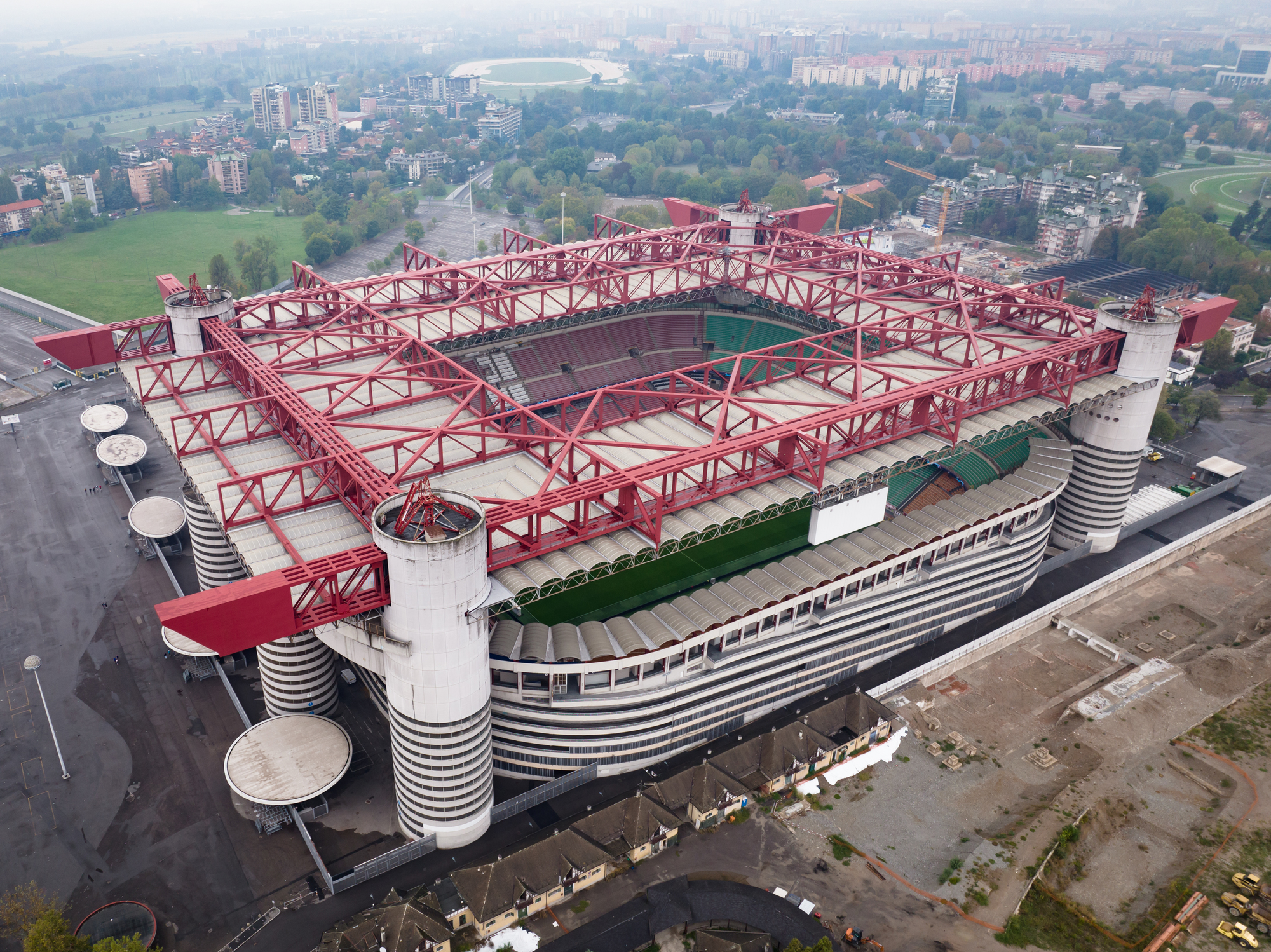
"On September 30, 2025, AC Milan and Internazionale Milano football clubs announced that the Milan City Council had given preliminary approval for the sale of San Siro Stadium, officially named the Giuseppe Meazza Stadium, one of the city's most recognized sports venues. Located about six kilometers from central Milan, the stadium is among the largest in Europe and was spared from demolition in 2023 after the Regional Commission for the Cultural Heritage of Lombardy recognized its cultural significance."
"Originally inspired by English stadiums, San Siro was inaugurated on September 19, 1926. The original structure comprised four straight grandstands accommodating up to 35,000 spectators. Its capacity was expanded in 1935, when the City of Milan acquired the facility and added four connecting curves between the existing stands. In 1955, a new load-bearing structure increased capacity to 85,000 and introduced the helical ramps that reshaped its architectural identity."
"Since the 1970s, in addition to hosting matches for Milan and Inter, the stadium has also served as a major venue for national and international concerts. It meets UEFA Category 4 standards, the highest classification in European football. Structurally, the stadium relies on four corner towers and seven intermediate towers supporting prestressed concrete box beams that carry the bleachers. The corner towers extend beyond the seating tiers to reach the roof structure."
Milan City Council gave preliminary approval for the sale of San Siro (Giuseppe Meazza Stadium), one of the city's most recognized sports venues. The decision allows design of a new international-standard stadium and an urban regeneration project for the surrounding area, reportedly involving Foster + Partners and MANICA. The move precedes the Milano-Cortina 2026 Winter Olympics and will begin San Siro's farewell as an active venue. San Siro opened in 1926, expanded multiple times with significant 1935 and 1955 works that shaped its capacity and helical ramps. The stadium meets UEFA Category 4 standards and relies on corner and intermediate towers supporting prestressed concrete box beams.
Read at ArchDaily
Unable to calculate read time
Collection
[
|
...
]